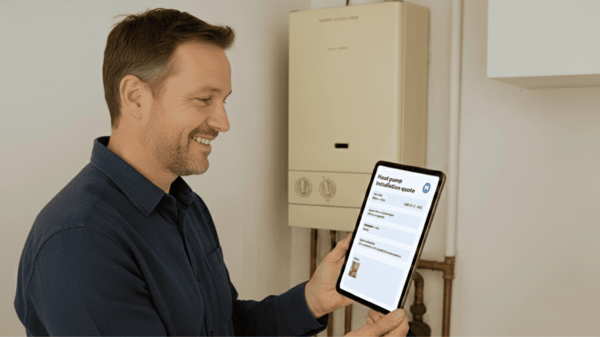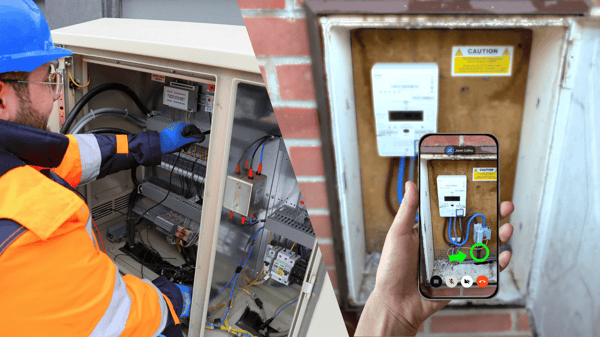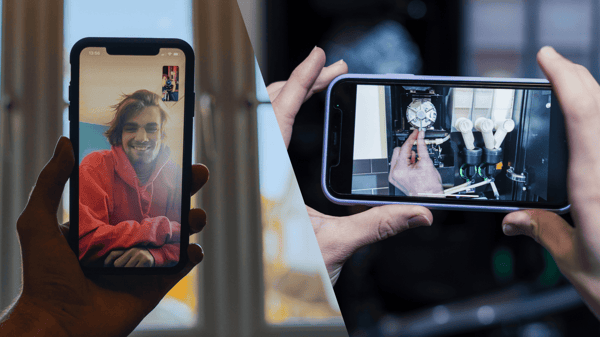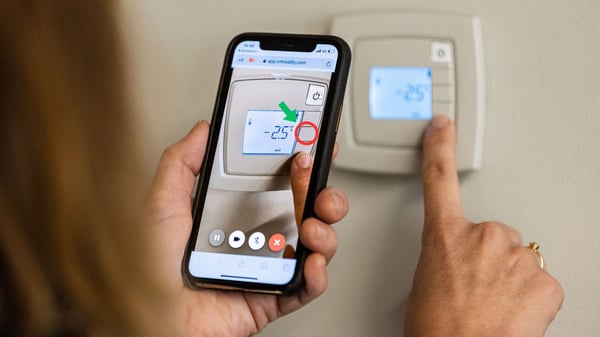When using any communication service, you want to ensure your data is secure - especially if you use it to conduct business. At XMReality, we assure you that your data is safe when you use our remote visual assistance solution. Being ISO 27001 certified, we take deliberate measures to protect our service and the information you share in an XMReality call.







